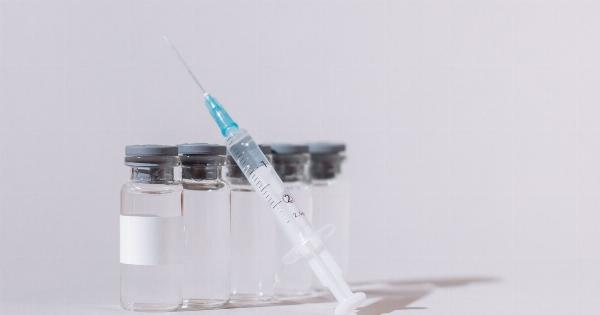Asthma and allergies are widespread health conditions affecting millions of people worldwide. Asthma is a chronic respiratory disorder that can cause difficulty in breathing, wheezing, chest tightness, and coughing.
Allergies, on the other hand, are immune reactions triggered by allergens, such as pollen, dust, or animal dander.
Although there are several treatments available for asthma and allergies, including inhalers, antihistamines, and steroids, many patients still struggle to manage their symptoms.
However, recent research has shown that biodegradable nanoparticles could hold the key to developing more effective and less invasive treatments for asthma and allergies.
What are biodegradable nanoparticles?
Nanoparticles are tiny particles, usually smaller than 100 nanometers, that can have various properties depending on their size, shape, and composition.
Biodegradable nanoparticles are nanoparticles that can be broken down and eliminated from the body through natural processes.
Biodegradable nanoparticles can be made from different materials, such as polymers, lipids, or metals, and their properties can be tailored to target specific cells or tissues.
Biodegradable nanoparticles have been explored as potential drug delivery systems because they can protect drugs from degradation and improve their bioavailability.
How do biodegradable nanoparticles work in asthma and allergy treatment?
Biodegradable nanoparticles can be used to deliver drugs directly to the lungs or nasal passages, where the symptoms of asthma and allergies occur.
By encapsulating drugs in biodegradable nanoparticles, the drugs can be protected from degradation and reach their target sites more effectively.
Furthermore, biodegradable nanoparticles can be engineered to bind specifically to the cells responsible for asthma and allergy symptoms, such as mast cells and eosinophils.
By targeting these cells, biodegradable nanoparticles can deliver drugs directly to their sites of action, minimizing side effects and improving therapeutic efficacy.
Recent studies on biodegradable nanoparticles and asthma and allergy treatment
In recent years, several studies have investigated the potential of biodegradable nanoparticles in improving asthma and allergy treatment.
Biodegradable nanoparticles for asthma treatment
In a study published in the Journal of Controlled Release, researchers developed biodegradable nanoparticles made of poly(lactic-co-glycolic acid) (PLGA) loaded with dexamethasone, a corticosteroid commonly used to treat asthma.
The nanoparticles were designed to release the drug slowly over time and target the cells responsible for asthma symptoms.
The researchers tested the efficacy of the nanoparticles in a mouse model of asthma and found that the nanoparticles reduced inflammation and airway hyperresponsiveness, two hallmark features of asthma.
The nanoparticles also showed sustained drug release and improved lung distribution compared to free dexamethasone.
Biodegradable nanoparticles for allergy treatment
In a study published in the International Journal of Nanomedicine, researchers developed biodegradable nanoparticles made of chitosan, a biopolymer, and loaded them with fexofenadine, an antihistamine used to treat allergies.
The nanoparticles were designed to target the nasal tissues and release the drug in a controlled manner.
The researchers tested the efficacy of the nanoparticles in a rat model of allergic rhinitis and found that the nanoparticles reduced nasal congestion, sneezing, and itching compared to free fexofenadine.
The nanoparticles also showed improved stability and longer retention time in the nasal cavity.
Advantages of biodegradable nanoparticles in asthma and allergy treatment
Biodegradable nanoparticles offer several advantages over conventional asthma and allergy treatments:.
- Targeted drug delivery: Biodegradable nanoparticles can be engineered to target specific cells or tissues, increasing drug efficacy and reducing side effects.
- Improved drug stability: Biodegradable nanoparticles can protect drugs from degradation and improve their bioavailability.
- Less invasive treatment: Biodegradable nanoparticles can be delivered directly to the lungs or nasal passages, reducing the need for systemic therapies and invasive procedures.
- Sustained drug release: Biodegradable nanoparticles can release drugs over a prolonged period, improving therapeutic effectiveness and reducing dosing frequency.
Conclusion
Biodegradable nanoparticles hold great promise as a new approach for asthma and allergy treatment. By improving drug delivery and targeting specific cells, biodegradable nanoparticles can enhance therapeutic efficacy and reduce side effects.
Although further research is needed to optimize biodegradable nanoparticle formulations and confirm their safety and effectiveness in humans, this emerging field offers exciting opportunities for developing more effective and less invasive asthma and allergy treatments.





























